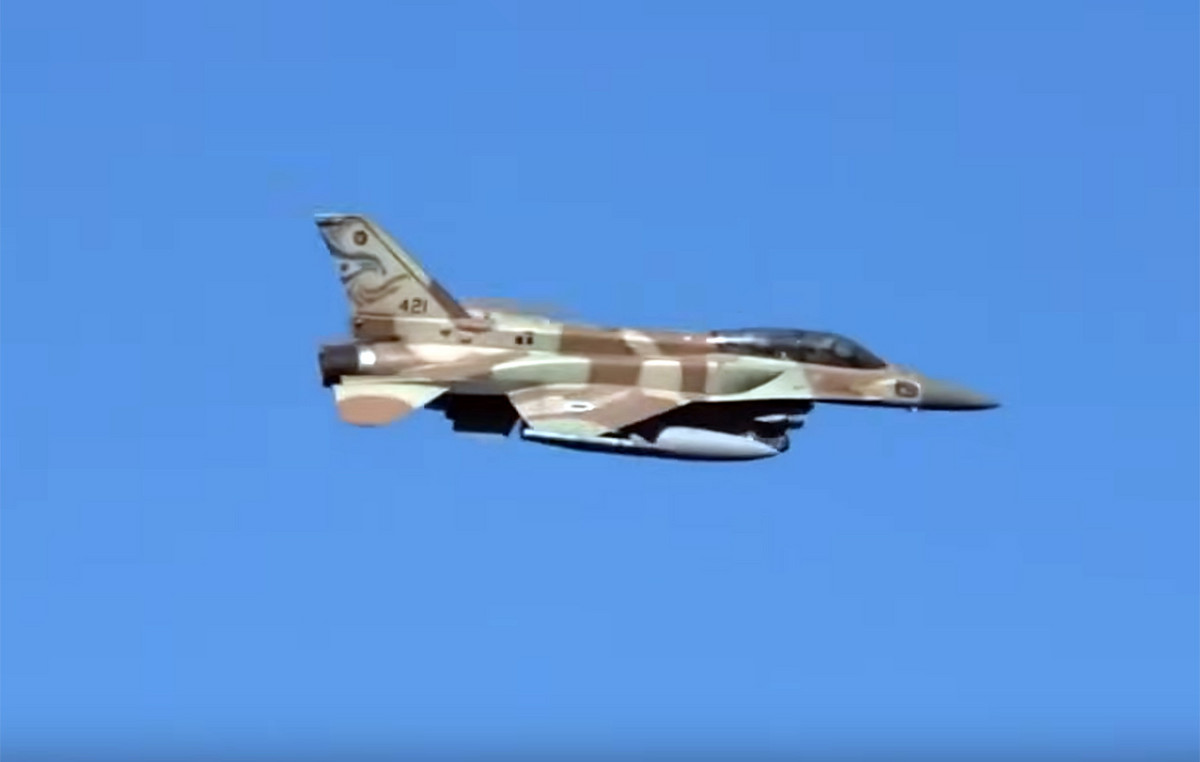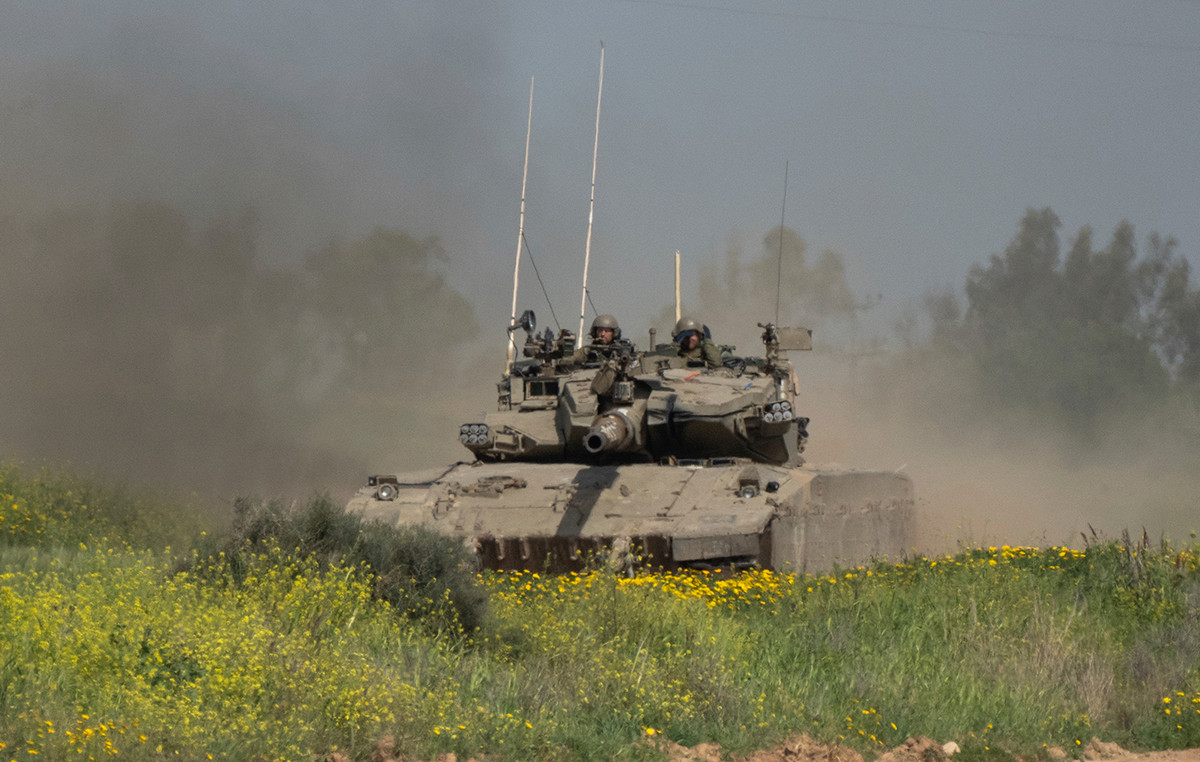A sad, snowy place next to Black Sea it is the final resting place for more and more mercenary soldiers Wagner, “proof of the huge losses” suffered by the Russia after its invasion of Ukraine. Journalist of New York Times, did an extensive report on the “black” truth. “It was a lonely funeral. Four narrow coffins they were taken from the back of a covered truck while it was snowing heavily. At the same time, an Orthodox priest performed the last rites. Three undertakers in tattered jackets looked on with folded arms.
A backhoe was parked nearby, ready to dig up more graves» begins the description of the journalist, Valerie Hopkins. “Lord have mercy,” the priest could be heard saying as he blessed the bodies of the fallen Russians soldiers with incense, his cassock fluttering in the icy wind, continues her description. As soon as these bodies were brought down, four more dead soldiers in crimson coffins, the priests continued with the rites. This is the final resting place for many of the men who lost their lives fighting for the mercenary force, known as Wagnerwhich is leading the Russian military effort in the months-long battle for the Ukrainian city of Bakhmut.
Wagner’s founder, Yevgeny V. Prigozhin, he is a tycoon who has a close relationship with the president Vladimir Putin and praises his power as “probably the most experienced army in the world”.
A dismal plot near the Black Sea has become the final resting place for Russian soldiers who have died fighting for a private mercenary force in Ukraine. The rapidly growing cemetery is evidence that the group is sustaining tremendous battlefield losses. https://t.co/ywLV7xR5wJ
— The New York Times (@nytimes) February 15, 2023
But the fast-growing cemetery in Bakunskaya, a city near the Black Sea, is proof that his army – which includes many poorly trained ex-convicts – is suffering huge losses on the battlefield. Indicative of the tragic situation is that in one day, nine men were buried in this relatively new one cemetery, which was founded for Wagner recruitswho had stated that they preferred to be buried there.
Late last year, activists became aware of increased activity at this cemetery, which is adjacent to a cemetery used by the local community. Originally it had about 50 graves. Now, it has about 300. The number is expected to rise, as those familiar with the site say four to eight soldiers are buried a day, on average. Local media estimates are even higher, reporting up to 16 burials a day. Almost all the graves, covered with fresh snow, they were identical. Only a thin Muslim tombstone stood out, instead of an Orthodox cross. Each has a wreath of plastic flowers with the Wagner logo — red, yellow and black with a gold star in the middle. Only one, the grave of Andrey V. Orlov, who died on December 15 at the age of 28, had a photograph and an additional wreath of flowers.
The burials at this particular cemetery were not widely known until, in late December, an anti-war activist, the Vitaly V. Wotanovsky, began posting images of the cemetery, including the names and dates of birth of the dead, on his Telegram channel. Ten days later, on New Year’s Day, pictures emerged of Mr. Prigozhin placing flowers on graves.
In late December, locals pointed Wotanovsky to an area used to bury the unclaimed bodies of Wagner fighters. During several visits, he photographed a growing number of grave markers and uploaded them to his Telegram channel, Titutshki in Krasnodar. https://t.co/Auwz24Ewk2 pic.twitter.com/rY3kwbmQTI
— Christiaan Triebert (@trbrtc) January 25, 2023
Casualties began to mount, Wotanovsky said, as the battle for Bakhmut and the nearby village Soledar stepped up. “Since November, the number of deaths has increased dramatically,” Mr. Votanovsky, 51, said in an interview at his home in the nearby city of Krasnodar. In the past he had counted about four burials a day, but now there have been 11. Mr. Wotanovsky, who has spent 20 days in custody since the beginning of the invasion because of his anti-war activities, has an almost encyclopedic knowledge of his area’s cemeteries. Collects information from local residents and keeps an account of the war dead buried in the area and publishes photos of graves on his Telegram channel.
He said informing the public of the names and identities of the fallen was the only way to protest and try to change public opinion. “This is the only normal, legal way to tell people that the war is death that he’s bad so that they think of him in some way in their head,” said Mr. Wotanovsky, a veteran of the Russian military who spent years working for the military as a radio engineer.
Graves of Russian Wagner mercenary group fighters in a cemetery near the village of Bakinskaya in Russia’s Krasnodar region.
Most of the dead are prisoners recruited to fight and then dumped into battle with little to no training. Used as cannon fodder.https://t.co/BmjR53VGrp pic.twitter.com/lzhSfggbbS— J. David Bethel (@wordlikes) February 11, 2023
Many of Wagner’s soldiers buried at Bakunskaya had been convicted of crimes, according to a New York Times analysis. Western intelligence agencies, the Ukrainian government and a prisoner rights association, Russia Behind Bars, estimate that around 40,000 prisoners have joined Russian forces since July – about 10% of the population of prisoners of the country. Ukrainian officials claimed that nearly 30,000 of them had deserted, been killed or wounded, but that number could not be verified. One of the gravediggers was proud to point out to reporters that the coffins were placed not on the ground but on individual stands “in a dignified manner”.
Some consider the cemetery to be a gimmick public relations by Mr. Prigozhin, who is increasingly taking credit for seizing Ukrainian territory and harboring political ambitions. “Contrary to the general trend in Russia, which is to try to minimize the loss of life, Mr. Prigozhin is trying to promote military heroism and the sacrifice” of its soldiers, said Samuel Ramani, a partner at RUSI. defense think tank in Britain, which studies the group.
Not far from the cemetery, a 20-minute drive along the regional highway, is a complex containing a chapel built to commemorate Wagner’s fallen fighters. On a recent visit, the gates around the complex were completely closed. Videos of Mr Prigozhin visiting the site show walls containing the cremated remains of an unknown number of soldiers.
The number of burials in the Bakinskaya locality cemetery, in the Krasnodar region, where the Wagner fighters are buried, has multiplied by seven in the last two months. The satellite images published by The New York Times demonstrate this pic.twitter.com/05mWxAhI3N
— Juanjo Prego (@EsteparioTotal) January 25, 2023
Another 10 minutes away is the Molkino base, which observers say has been a training camp for Wagner soldiers since 2015. According to Russian media reports, the Ministry of Defense has spent at least 1 billion rubles, or $13.6 million, on the development of education. The basis isi off limits for citizens, but troops they were the main customers at several cafes, fast food outlets and a grocery store in the surrounding area. One soldier, who gave his name as Abkhat, said he was from the Samara region, near the border with Kazakhstan, and was being sent to Ukraine that night. He said he was 30 and that “I didn’t volunteer for the money, but out of love for my country.” In the regional capital of Krasnodar, a city of 900,000, war is never far away. Civil aviation has been suspended since February 24 last year, the day Russia invaded, and fighter jets have been flying training missions overhead, supplementing ongoing tactical exercises at Molkino.
Source: News Beast
With 6 years of experience, I bring to the table captivating and informative writing in the world news category. My expertise covers a range of industries, including tourism, technology, forex and stocks. From brief social media posts to in-depth articles, I am dedicated to creating compelling content for various platforms.







